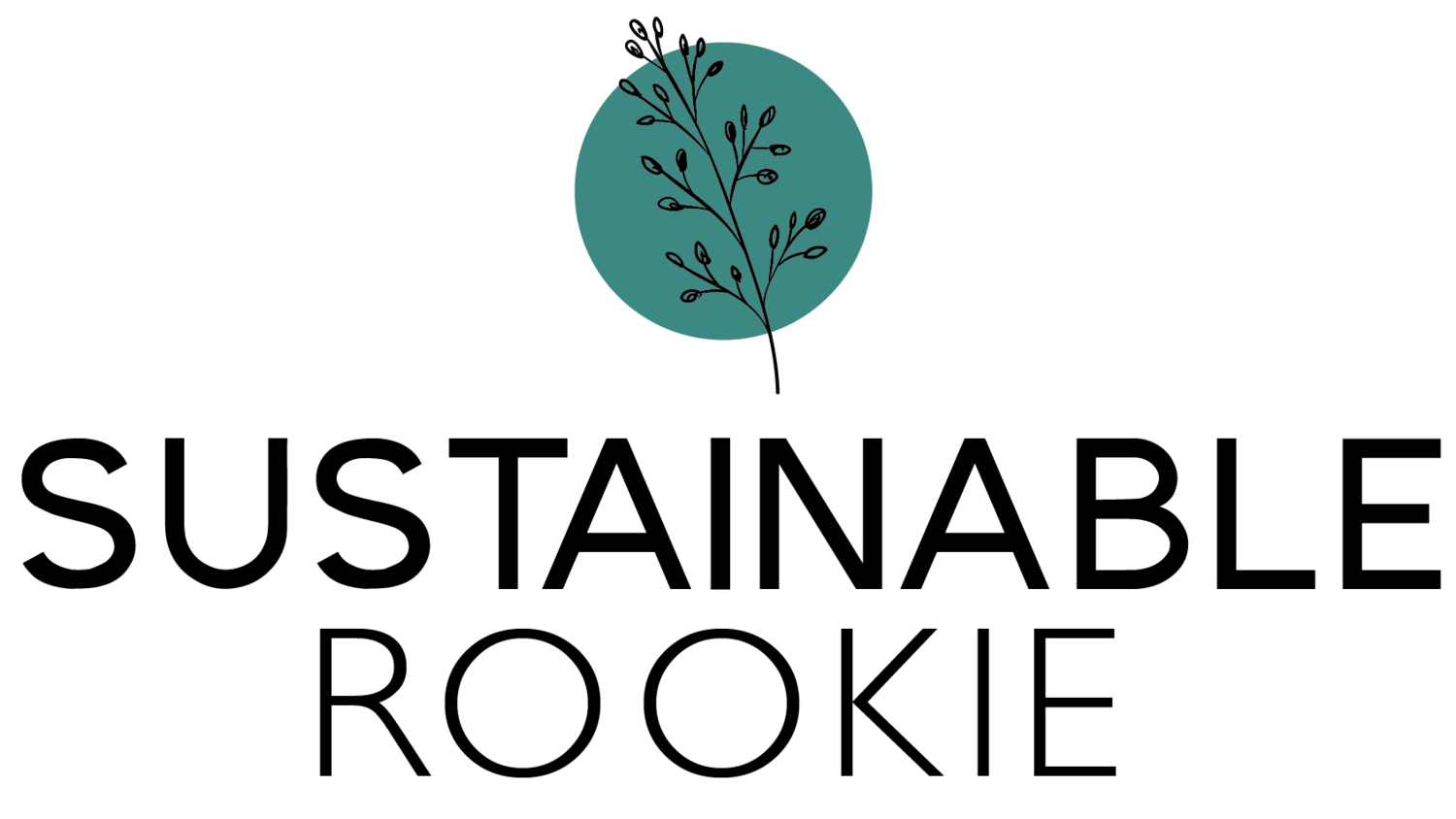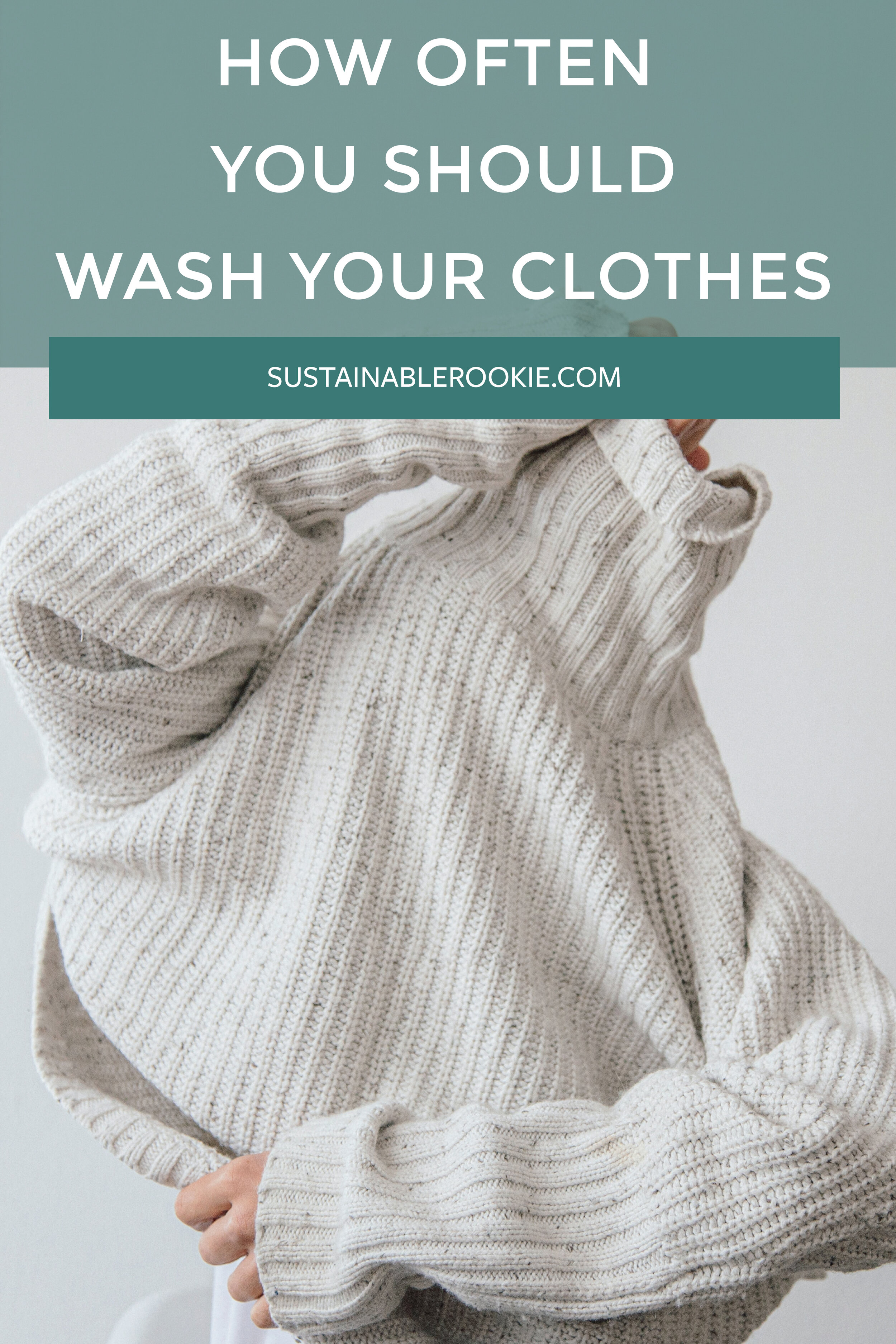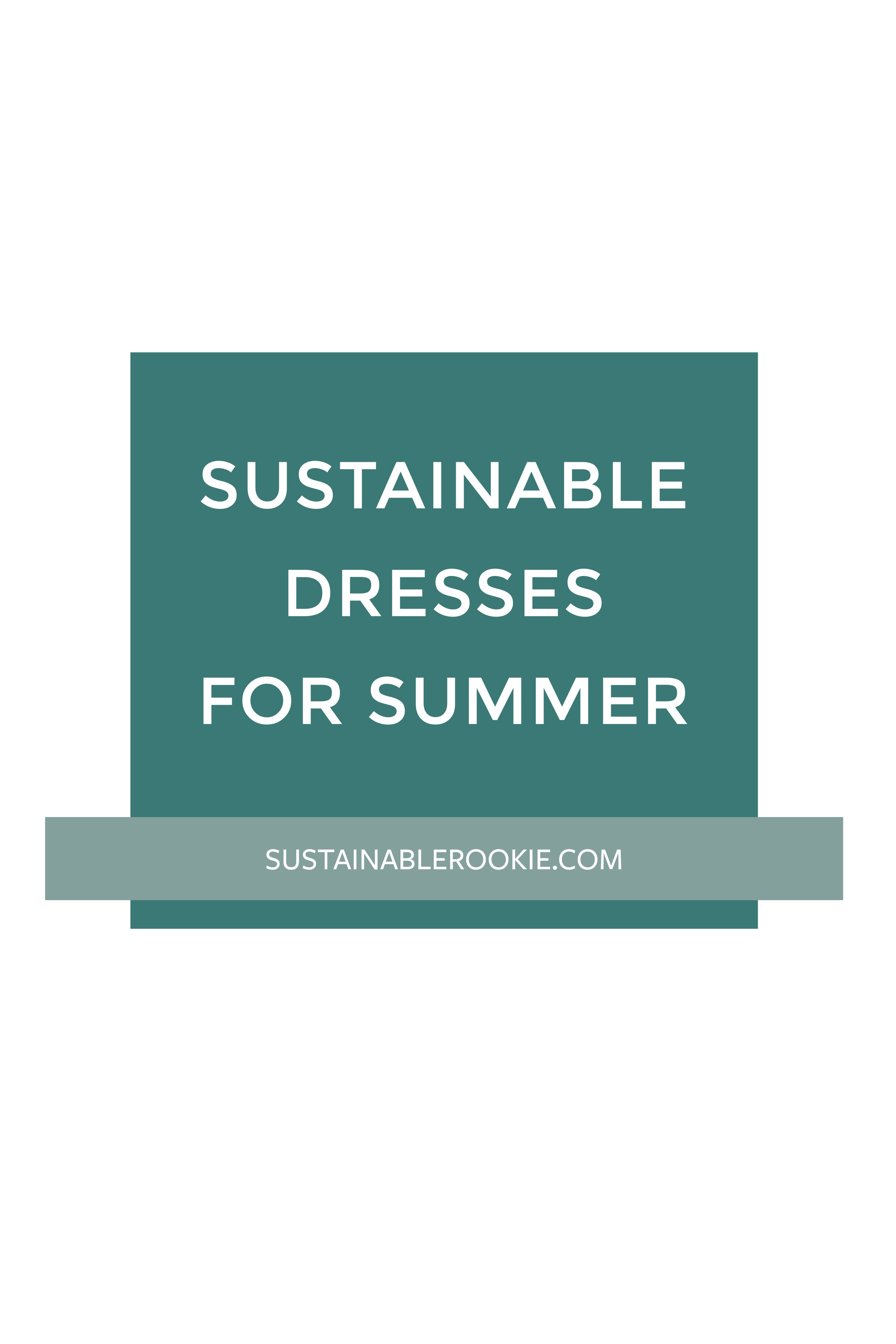How Often Should You Wash Your Clothes?
If doing laundry is something you don’t enjoy and usually postpone, I have great news. That’s a good thing!
The best way to avoid this popularly dreaded chore is to not throw anything onto ‘the pile’, or ‘the basket’ in the first place, as washing your clothes less frequently is good for the environment. Did you know that textiles produce 35% of the microplastic pollution in the oceans?
This happens because 60% of our clothes are made from plastic microfibers. Polyester, nylon, spandex, acrylic, among others, are all plastic derived. Microfibers are the major marine pollutant throughout the world, with approximately 13 million tons of coastal synthetic fabric waste being released into the ocean each year. When we wash synthetic textiles, microplastics are created because of abrasion and the shedding of fibers, which are later discharged in sewage water and end up in the ocean. The water you drink also has microplastics.
In case these surprising facts aren’t enough to change your laundry routine, there are some additional perks: washing your clothes less often extends their lifespan, and it will also help you save a couple of bucks.
If you’re washing your clothes after each wear, it’s time for a change. How often you do it will depend on several factors, including weather, sweating, type of clothing, and fabric, but I will suggest you an estimated frequency for each case (most will not apply in Miami weather!).
HOW OFTEN SHOULD YOU DO YOUR LAUNDRY?
Jackets and Blazers: wash after 5-7 wears.
Sweaters/Cardigans: if they’re made from natural materials, you could wash them after about 3-4 wears. But, if they are made from synthetic materials, you can wash after 5-7 wears (preferably handwash).
Jeans: Once a month, or 5-7 wears.
Dress Pants, Shorts, and Skirts: about 5 wears.
Dress Shirts/Blouses: 1-3 wears
Dresses: about 3 wears, or when dirty.
Tops/T-Shirts: 1-4 wears, depending on how tight they are and the material.
Leggings and Yoga Pants: 1-3 wears.
Pajamas: 3-4 wears.
Bras: 3-4 wears.
Bedsheets and Pillowcases: every 1-2 weeks.
Bath Towels: 4-5 uses.
You should probably wash after each use: White Items, Socks, Underwear, Swimwear, Tank Tops (or any close-fitting clothes), some activewear.
Wash Seasonally (maybe 2-5 times per season, depending on frequency of use and other factors): Coats, Outerwear, Hats, Scarves, Gloves.
Additional Laundry Tips That Will Help the Environment
1. Choose natural fibers when purchasing a product: the best way to avoid microplastic shedding when doing laundry, is to simply not put any plastic-derived clothing there in the first place.
2. Extend your clothes’ lifespan: clothes shed more when they are brand new. The older our clothes, the better. Try thrifting, clothes swapping, and fixing garments when they break. Also, virgin fibers shed more than recycled fibers, so buying recycled clothing from sustainable brands can also help.
3. Spot Clean: sometimes you can just clean a specific area, without putting the entire garment in the laundry machine. I use this plastic-free laundry stain remover, and it works every time.
4. Wash full loads: don’t just do laundry for a pair of socks!
5. Separate clothing per color, fabric (delicates separately, for instance), and level of dirt. That way you can personalize laundry settings and save energy.
6. Line-Drying is better: it’s more ecological, but sometimes not possible because of humidity.
7. Use laundry filters: you can catch fibers with a microfiber catching laundry bag, or a washing machine filter, which should be washed frequently. The caught fibers should be thrown in the trash afterwards. You could also use Cora Balls, although I’m not sure how good they work.
The most important step to take is to start acknowledging the impact that doing laundry has on the environment. That alone will help you think twice every time you throw something onto the pile, and that’s already an important improvement!
If you’d like to know more about sustainability and read my future posts, please don’t forget to subscribe to my newsletter!






